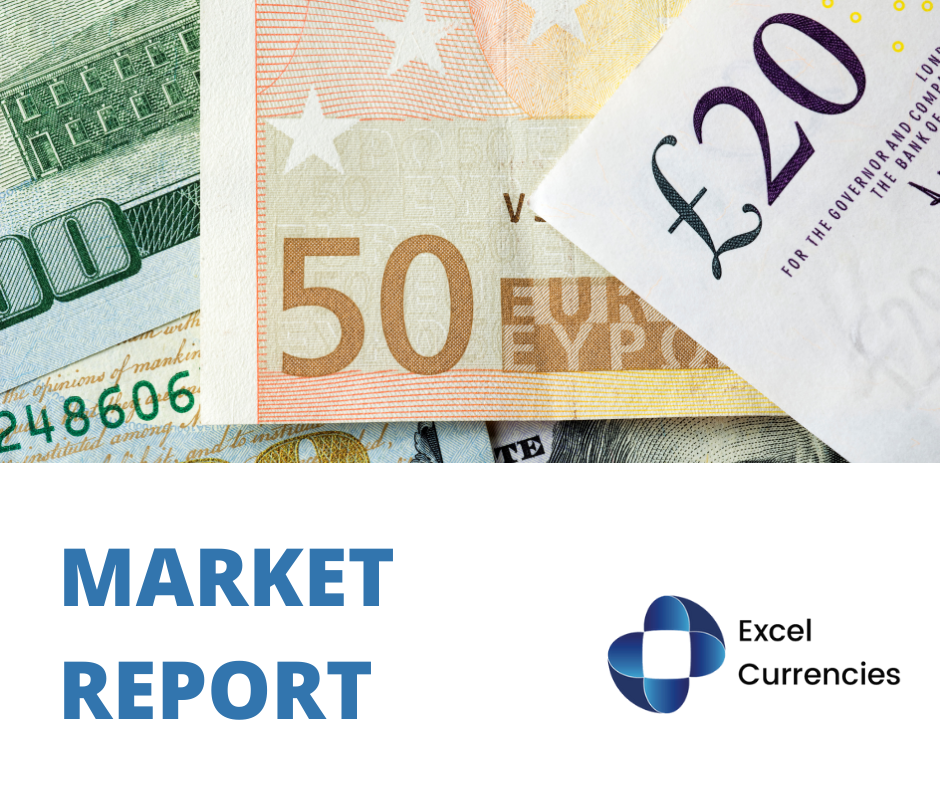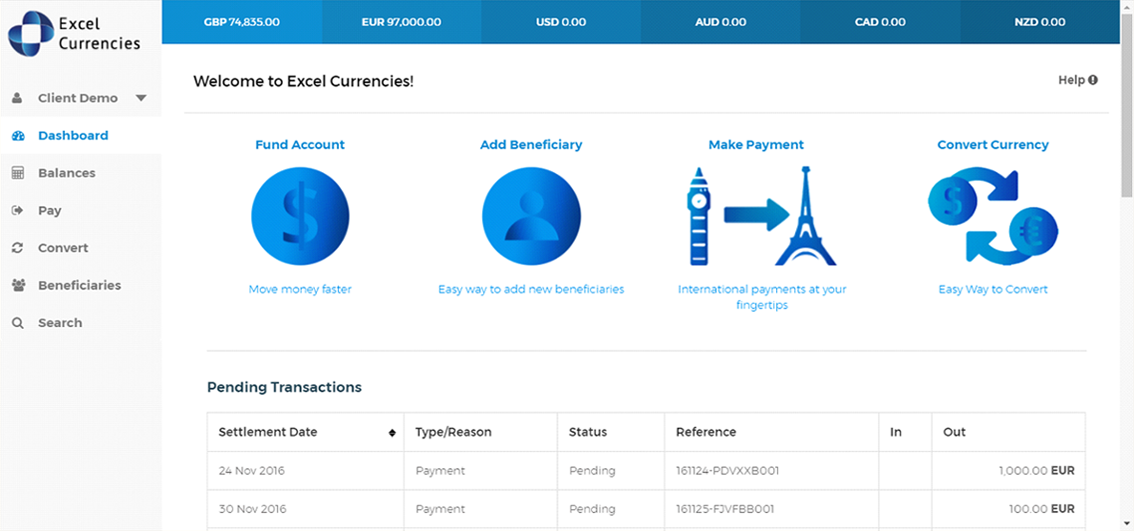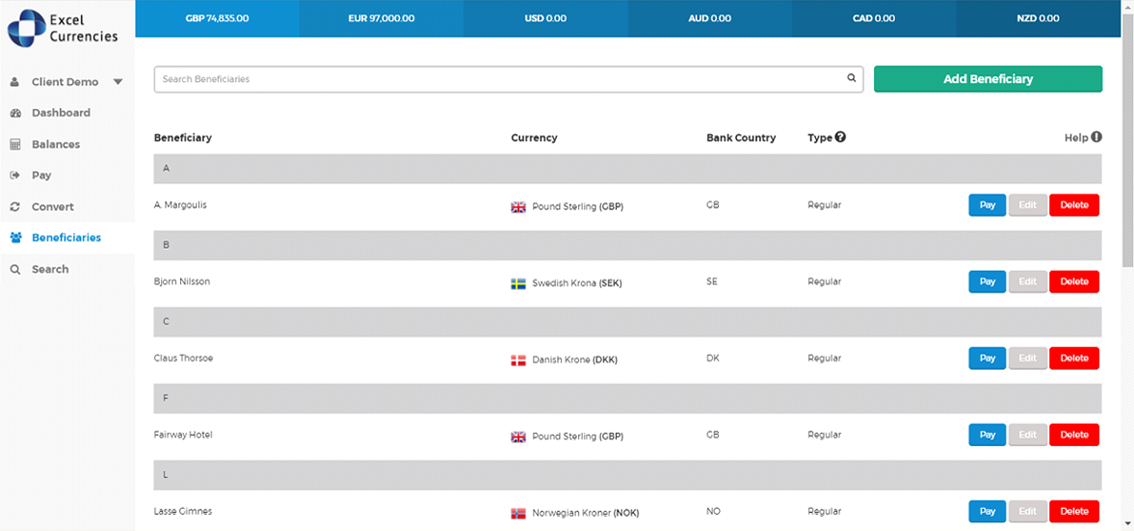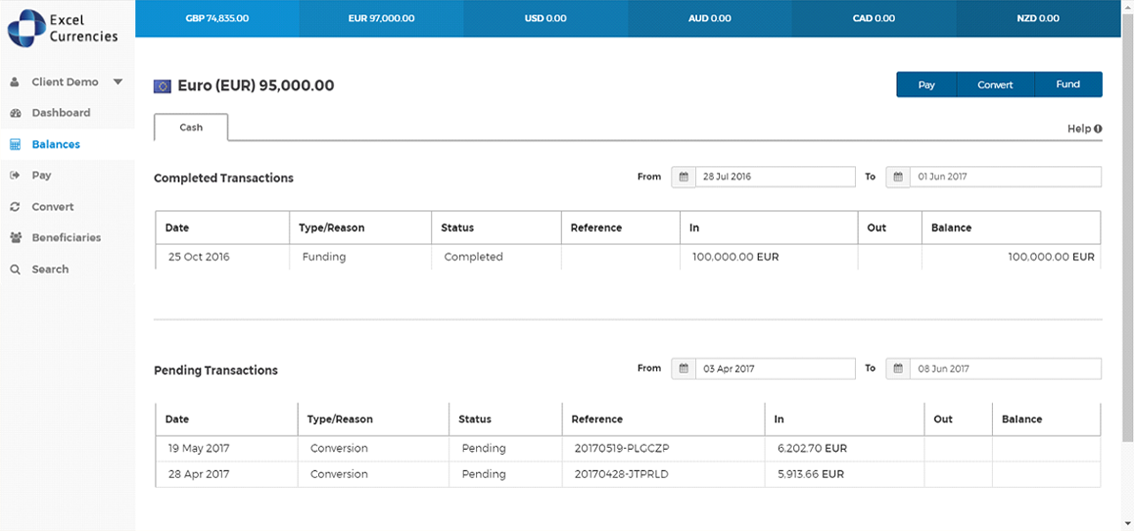| Bets of a Fed rate cut being pushed back further with September now being cited.. |
| GBP |
| It was overall a better than expected week for the Pound last time out as the majors released some pretty heavyweight data. The UK announced a shallow recession and now the questions are how deep and how long will this one be. Sterling did fall on the news as it did earlier in the week with better than expected inflation figures. But, the jobs and wage report fared better than consensus, likewise retail sales, which achieved only the second positive reading in over a year. So last week really had it all and although GBP was down across the board, it could and probably should have been worse. This week, there is nothing of note until Thursday. PMI data has been both UK & Sterling positive since November (especially versus the EU/€) and that performance could be set to continue if figures fall around expectations. EUR Whilst the Euro did gain on the Pound last week, that could be wiped out this week, unless Thursday's PMI data is more positive than forecast. A sizeable increase is expected versus last month, but the figures still lag those of the UK US. In fact, the all-important positive number of 50 hasn't been achieved since May last year.. USD It was a big week last time out for the US & USD which resulted in a negative picture for the former, but positive for the latter. Both CPI & PPI shocked on the upside, meaning price pressures pose a bit of a comeback threat. With inflation not stable, the Fed will not cut interest rates which paves the way for a stronger USD. Last year, the overwhelming majority of economists and data-houses predicted the US to cut rates in Q1 this year. In December, that was pushed back to May. Last month it was June and now many are suggesting September. The narrative of 'higher rates for longer' looks to be that for all central banks at this point, which makes valuing a future currency nearly impossible, as interest rates are the main market driver. Therefore the USD could be currently undervalued.. |

 Twitter
Twitter Facebook
Facebook linkedin
linkedin Google
Google








